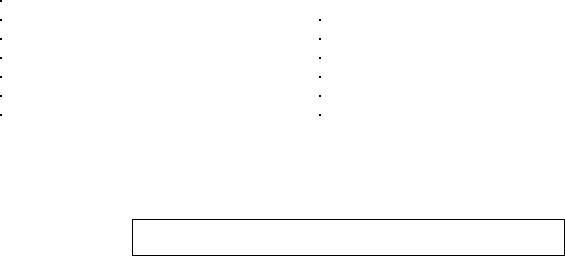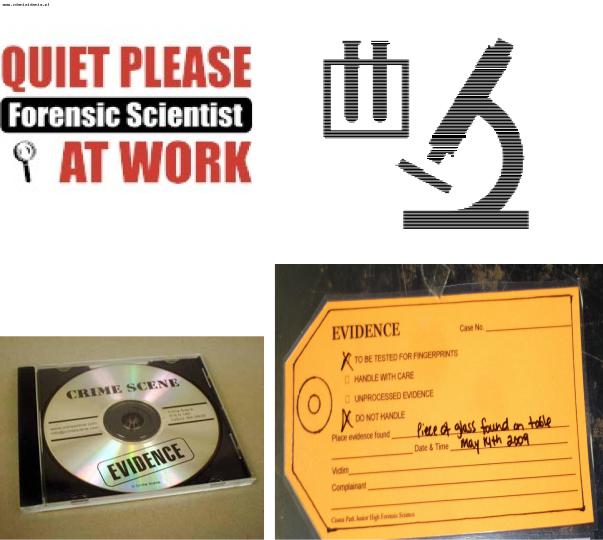
Английскй учебник
.pdfTEXT
SIMPLIFIED RULES OF EVIDENCE
To assure each side a fair trial, certain rules have been developed to govern the types of evidence that may be introduced, as well as the manner in which evidence may be presented. These rules are called “the rules of evidence”. The prosecution lawyer, the defence lawyer and the judge are responsible for enforcing these rules. Before the judge can apply a rule of evidence, the lawyers must ask the judge to do so. Lawyers do this by making “objections” to the evidence or procedure employed by the opposing side. When an objection is raised, the lawyer who asked the question that is being challenged will usually be asked by the judge why the question was not in violation of the rules of evidence.
The rules of evidence used in real trials can be very complicated. A few of the most important rules of evidence have been adapted for mock trial purposes.
Rule 1. Leading Question
A "leading" question is one that suggests the answer desired by the questioner, usually by stating some facts not previously discussed and then asking the witness to give a yes or no answer. Leading question may not be asked on direct examination (examination - in - chief). They may be used on cross-examination.
Example: "So, Mr. Smith, you took Ms. Jones to a movie that night, didn’t't you?" Objection: "Objection, Your Honour, counsel is leading the witness."
Possible Response: "Your Honour, leading is permissible on cross-examination," or "I'll rephrase the question." For example, the question can be rephrased: "Mr. Smith, where did you go that night? Who did you go with" (This would not suggest the answer the attorney desires.)
Rule 2. Narration
Narration occurs when the witness provides more information than the question called for. Witnesses' answers must respond to the questions. A narrative answer is objectionable.
Example: "What did you do when you reached the front door of the house?"
Witness - "I opened the door and walked into the kitchen. I was afraid that he was in the house - you know, he had been acting quite strangely the day before."
Objection: "Objection, Your Honour, the witness is narrating."
Response: "Your Honour, the witness is telling us a complete sequence of events."
Rule 3. Relevance
Questions and answers must relate to the subject matter of the case; this is called "relevance." Question or answers that do not relate to the case are "irrelevant." Irrelevant questions or answers are objectionable.
Example: (In a traffic accident case) "Mrs. Smith, how many times have you been mar-
ried?"
Objection: "Your Honour, this question is irrelevant to this case."
Response: "Your Honour, this series of questions will show that Mrs. Smith's first husband was killed in an auto accident, and this fact has increased her mental suffering in this case."
Rule 4. Hearsay
231


MODULE 9
FORENSIC SCIENCE
UNIT 1. WHAT IS FORENSIC SCIENCE?
1. .
1.What kind of work is usually done with a microscope?
2.What forms of evidence do you know?
3.Where is evidence examined?
4.Who works in the laboratory?
5.Would you like to work in the laboratory?
6.Are you a student of science?
7.Are you addicted to solving problems, puzzles and mysteries?
8.Do you believe that justice must be done, no matter what happens?
240
